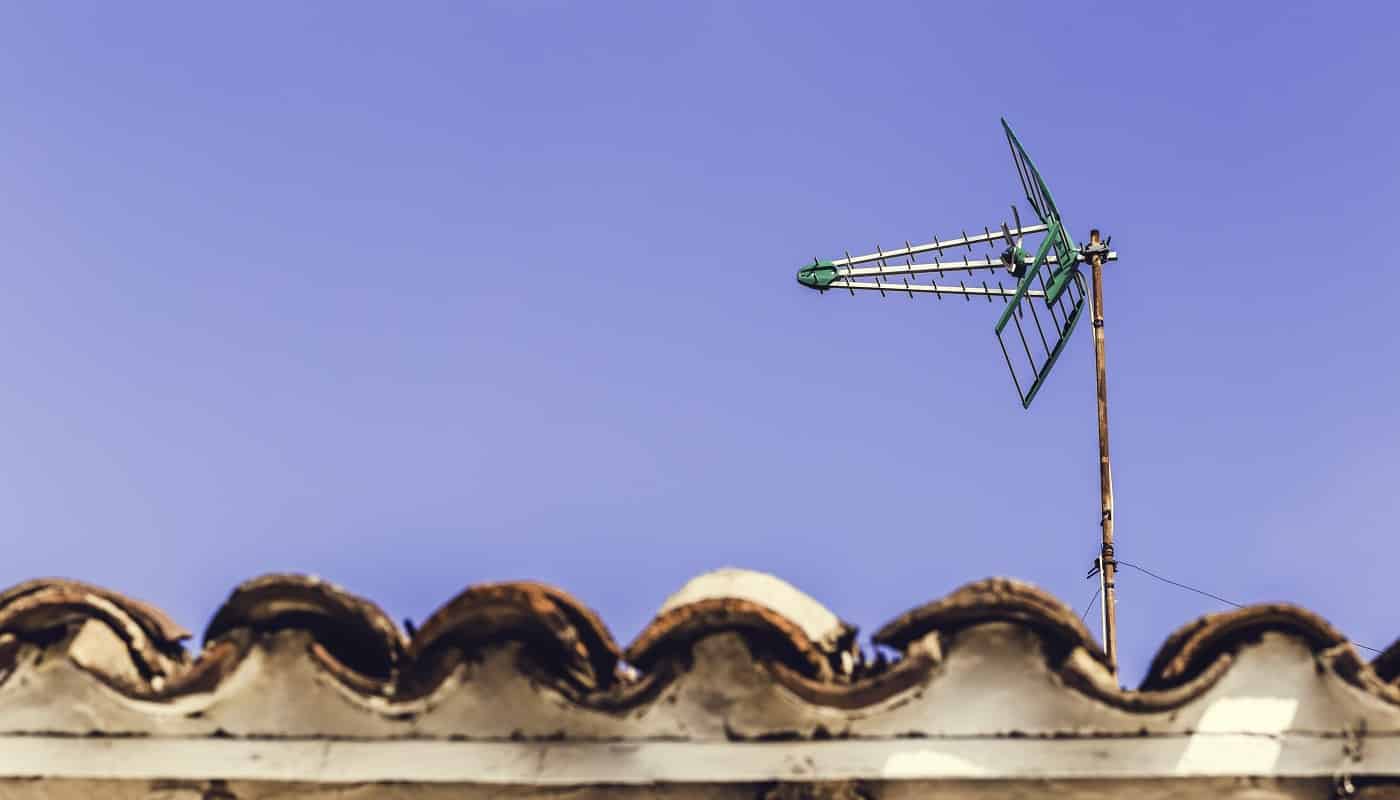If you have ever woken up to the noise of the boy next door shouting, ” Is it working?” and his father replied,” No, not yet. Try turning the antenna in the other direction”; then you know the struggle that comes with the installation of a TV antenna. The noises have died down as the years pass by; still, a lot of work remains.
Even today, when you decide to set up an antenna, numerous questions run through your mind: what do I do to get the best signal? Is it worth investing in a costlier antenna? What will help improve the picture quality? We have all the answers for you. But before that, you must know a little about TV antennas.
What are TV Antennas?
Also known as the TV aerial, an antenna is designed for usage with television to receive broadcast signals from a television station. The broadcast ranges from a very high-frequency band of 47-250 MHz to 470-960 MHz in ultra-high frequency bands. Hence, various television antennas are designed according to these frequencies. It provides the user with different options that often can be confusing. We can help you figure out the basics of TV antennas and their installation procedure in this blog.
Types of TV Antennas
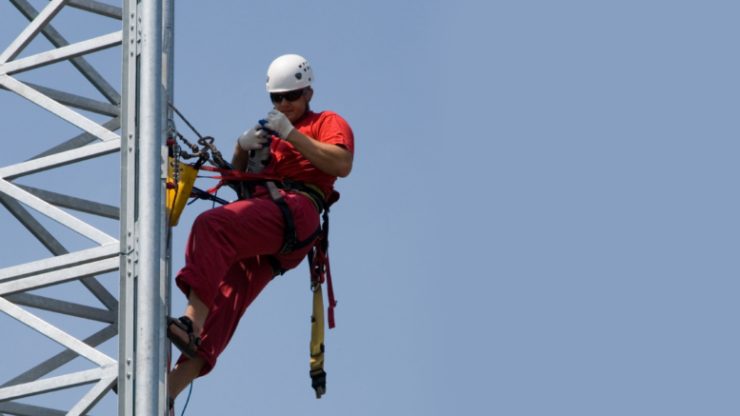
The first step towards correct installation is to choose the right type of TV antenna. There are mainly three types: indoor antennas, loft antennas, and outdoor Antennas. All of them have their advantages and disadvantages. Thus, it is suitable to select the type of antenna according to the location. If you live in an area with better signal reception, you can opt for an indoor antenna. Outdoor antennas are preferable in places farther from the transmitter; loft antennas work well in areas with rough weather.
Further details are mentioned below about each type to help you choose better.
Indoor Antenna
As the name suggests, these antennas can be installed in your home near your television. It helps you pick up live over the air channels and stations. They are the easiest to set up but may not be the best option for everyone. Though perfect in urban areas with strong signals and television stations nearby, they are not suitable in rural areas. The picture quality deteriorates, especially if there is no direct line to the transmitter.
You should keep in mind to avoid the presence of any metal objects which would hinder the transmission. Sometimes concrete walls can also affect the reception quality in low signal areas. But there are not just negatives- Indoor antennas require minimal efforts, are cost-effective and portable. If you live in a well-developed area, these antennas will be the appropriate choice for you!
Outdoor Antenna
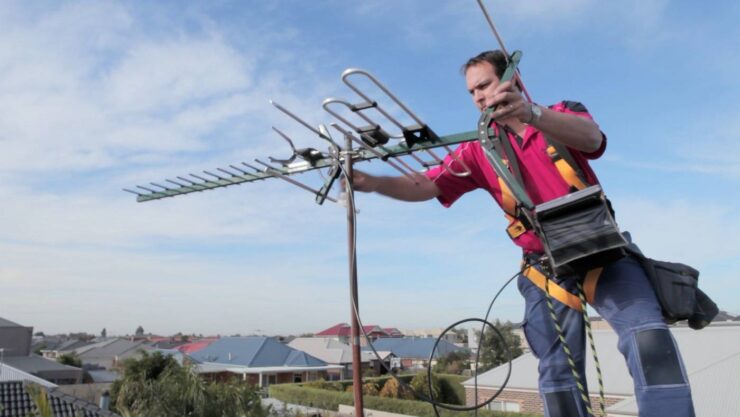
Generally installed on the roof or any elevated surface in the household, these require the maximum manpower. These function better even in areas with weaker signals and provide better quality images. With its exceeding advantages come the disadvantages. Setting up an outdoor antenna can be hectic. You should stick to the manual provided. A better way is to hire a TV aerial installer for the smooth process. If you decide to install them yourselves, it is recommended to align the antenna directed towards the transmitter for better reception. Never forget to double-check before finalizing the direction and position. Even though setting up an outdoor antenna can be laborious, the outcome is worth all your efforts.
Loft antenna
It is a better option than an indoor antenna if you have weak reception. Since these are installed in an attic, you should carefully plan its installation including its location, direction based on your comfort and the signal quality it receives. These are easier to install than an outdoor antenna. Also, the antenna is protected by a roof which increases its longevity. However, such antennas cannot be installed with attics or places with metal roofs.
Now that you have an idea of the different types of antennas, all you have to do is begin with the installation. By following a few steps, you can get the highest picture quality from channels broadcast worldwide.
A Guide to TV antenna installation
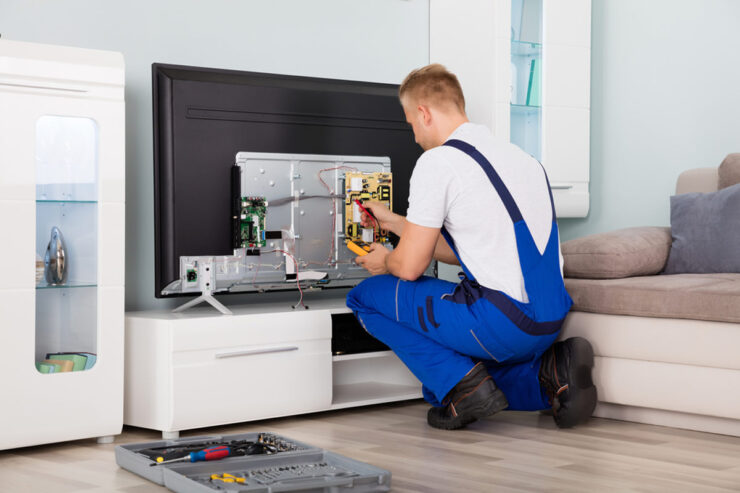
The first step is to choose the antenna you prefer that you would be able to do with the help of the information provided above. Some tips you would want to keep in mind for the selected type of antenna are:
- Indoor antennas provide good reception in urbanized areas. In need of a better-quality signal, you can also attach the antenna near a window or an elevated platform. If you do not want to spend your hard-earned money living in such areas, you should go for indoor antennas.
- If you have opted for a loft antenna, make sure that you do not have any kind of metal obstruction between the transmitter and the antenna. You can also choose a loft antenna if you live in places with extreme weather conditions.
- Outdoor antennas can be expensive and thus should only be installed if desired. You should be careful while attaching a coax cable. Make sure your antenna faces the same direction as others in the neighborhood.
Once the antenna is installed, the job is only half done. After all, what use is an antenna if you lose reception every time the weather changes or when you change channels? Thus, you need to do a complete channel scan after the antenna has been installed. The following steps will help you understand the same.
- Select ‘Menu’ on your remote. It could be the TV remote or even the one with an STB box.
- After that, select ‘Set up’ from the given options
- Pick ‘antenna’ from the list and select ‘auto-tune’. This option allows your TV to scan all possible signals. This step may take some time.
- As soon as it is completed, all your channels will run smoothly.
- Repeat these steps every time you decide to displace your antenna to finalize the location.
Conclusion
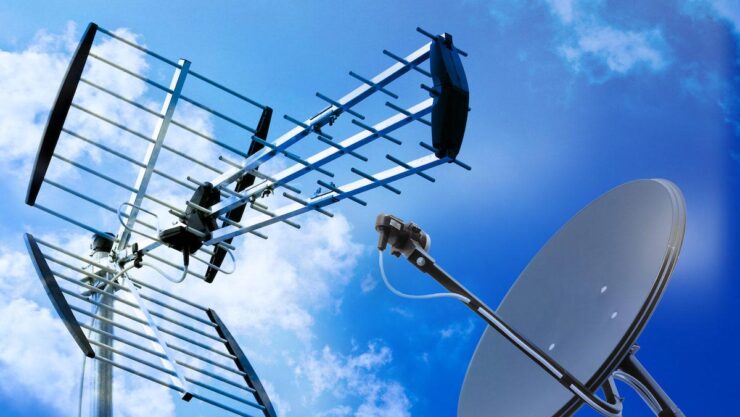
Summarizing the above post, installing an antenna is a different experience on its own. Choosing an appropriate antenna and the installation can work wonders to upgrade your TV experience. The process sounds easy, but it might take you some time to figure the best possible alignment to receive a good signal throughout. While you might want to enjoy another DIY project, help is always beneficial.
A TV antenna installer will not only make this process fast but also accurate and hassle-free. Thus, getting help from professional TV antenna installers is highly recommended. It saves you time and helps you get the desired outcome. Now you can enjoy all the channels you like without any worries

